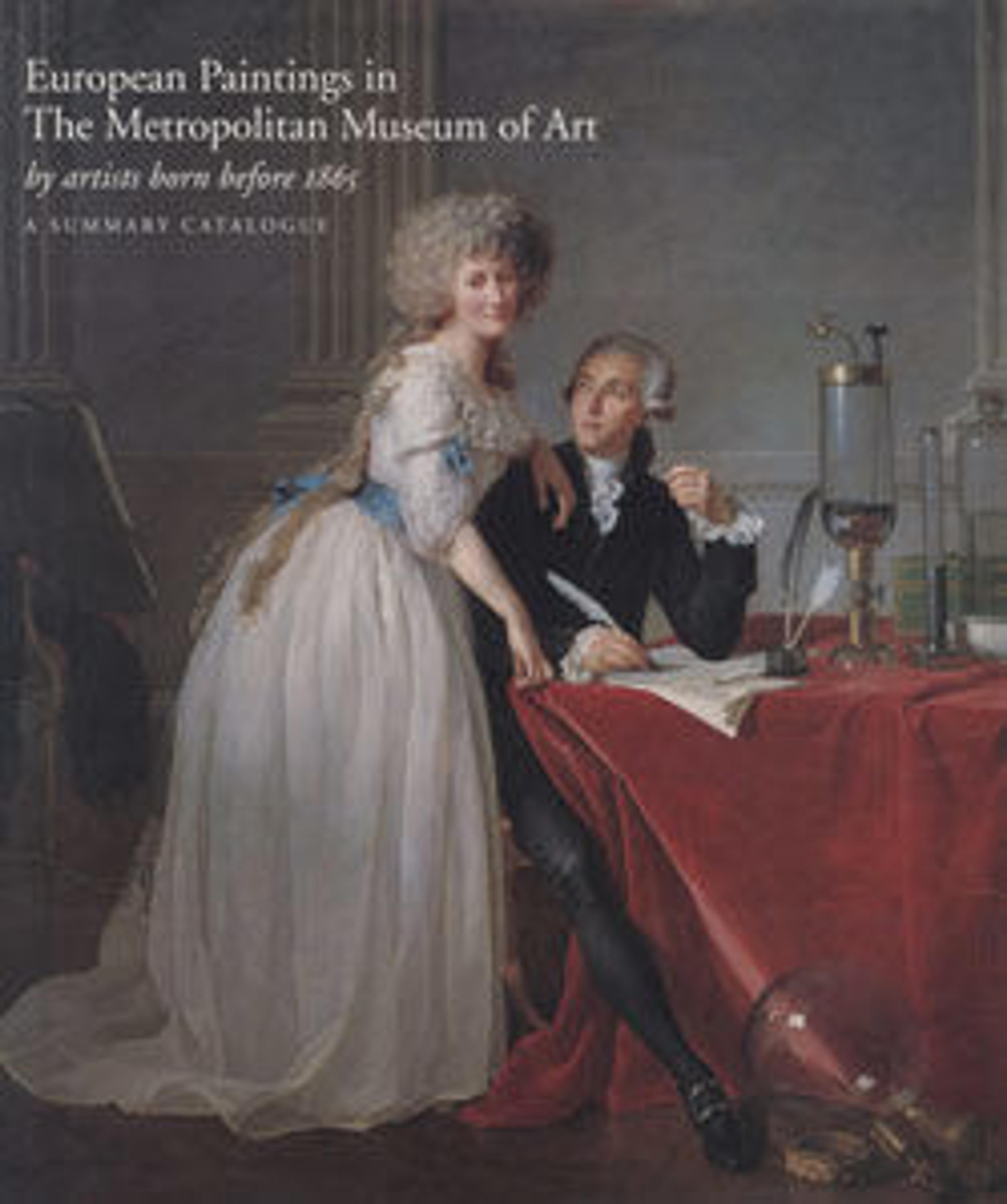Saint Margaret and the Dragon
Together with two other small panels, this depiction of Saint Margaret emerging from the mouth of a dragon formed part of the predella of an unidentified altarpiece. Supposedly martyred in 304, legend had it that Margaret was swallowed by Satan in the guise of a dragon, but emerged unscathed due to the cross she possessed.
Artwork Details
- Title:Saint Margaret and the Dragon
- Artist:Workshop of Agnolo Gaddi (Italian, Florentine, active by 1369–died 1396)
- Date:ca. 1390
- Medium:Tempera on wood, gold ground
- Dimensions:9 1/8 x 8 in. (23.2 x 20.3 cm)
- Classification:Paintings
- Credit Line:Bequest of George Blumenthal, 1941
- Object Number:41.190.23
- Curatorial Department: European Paintings
More Artwork
Research Resources
The Met provides unparalleled resources for research and welcomes an international community of students and scholars. The Met's Open Access API is where creators and researchers can connect to the The Met collection. Open Access data and public domain images are available for unrestricted commercial and noncommercial use without permission or fee.
To request images under copyright and other restrictions, please use this Image Request form.
Feedback
We continue to research and examine historical and cultural context for objects in The Met collection. If you have comments or questions about this object record, please contact us using the form below. The Museum looks forward to receiving your comments.
